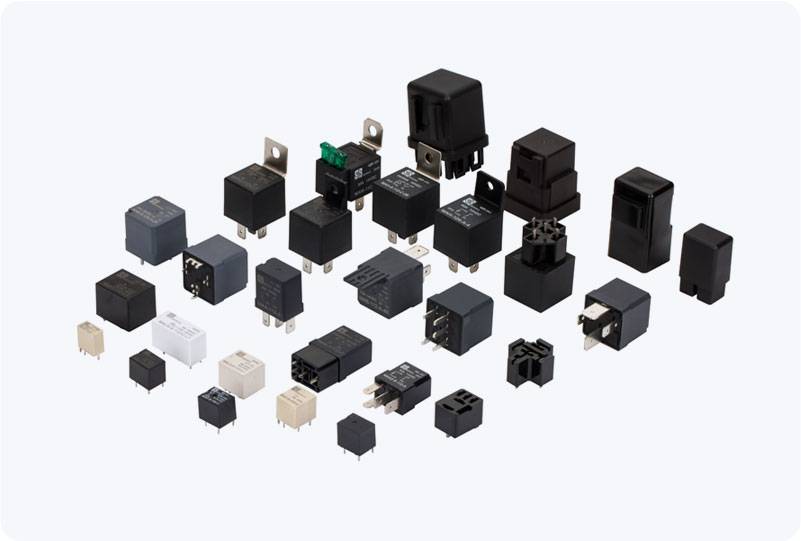The Dual Relay Module is an essential component in various electronic projects, particularly in automation and control systems. It serves as an interface that allows low-voltage digital circuits, such as microcontrollers or microcomputers, to control high-voltage devices like motors, lights, and home appliances. This article delves into the working mechanism, applications, and benefits of the Dual Relay Module, shedding light on its significance in the realm of electronics.

What is a Dual Relay Module? A Dual Relay Module is a type of relay board that contains two separate relays, allowing for the control of two independent circuits. Typically, the module is designed to operate at a standard 5V or 12V, making it compatible with common microcontrollers such as Arduino, Raspberry Pi, and other embedded systems. The module’s relays work by using an electromagnetic switch to open or close contacts, which controls the flow of electricity to connected devices. Each relay within the module usually has three main contacts: Normally Open (NO), Normally Closed (NC), and Common (COM). When the relay is triggered, the NO and COM contacts close, allowing current to flow through the circuit. Conversely, when the relay is deactivated, the NC and COM contacts close, enabling a different path for the current. This flexibility in switching allows for a wide range of control options for high-voltage devices.
Leave a Reply
You must be logged in to post a comment.